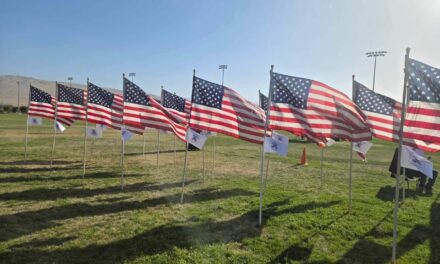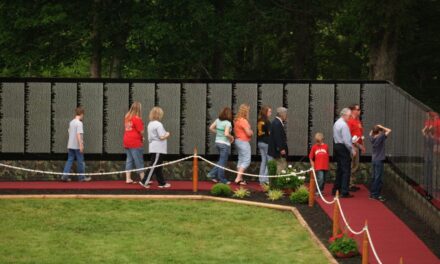The Jeep, which World War II G.I.’s made popular around the world, served for many years before being replaced.
Each branch of the Armed Forces had its own uses for the Willy’s Jeep. It was lightweight, economical, was four-wheel drive, and easy to ship to combat theatres.
You might have seen it in a medic version, radio version, troop hauler, with a machine gun or cannon mounted in the back, or as a staff car for a general or colonel.
It was likely the most popular military vehicle in history. The Korean War and Vietnam War saw updated versions of the Jeep in use.
Then came the 80’s and Chevrolet and General Motors supplied military vehicles. We received diesel-powered Chevy Blazers and diesel-powered Chevy pickup trucks. Staff cars were the K Car of Chrysler’s government bailout fame.
Next came a troop favorite in 1985 with Hummer. It is a brute and rides and handles like it looks. Most of you know that the Hummer H1 was not an armored vehicle.
As the Hummer went to war it hauled troops in the Middle East. Roadside bombs and improvised explosive devices wounded or killed many of our troops who were in those Hummers.
Our troops were improvising and adapting armor plating in the field to make the vehicle safer. The Defense Department rushed up “armored “ kits to the battle front and made some major improvements in safety. While not perfect it did help.
After 35 years of the H1 Special Operations forces , Army , and Marines are receiving a brand new Joint Light Tactical Vehicle (JLTV). The new vehicle is a “partial” replacement for the Hummer. Costing about $433,000 per copy its rollout has been slowed by the coronavirus .
The new JLTV goes 70 miles per hour and has a 300 mile range. This program started in 2006. Request for Proposals went out in 2012, and Army and Marines are already getting the new units. Air Force and Navy personnel will also get the new vehicles. The British want 2700 of the vehicles and international sales to allies should be expected.
Soldiers are giving the new vehicle high marks for power, ease of handling, and, yes, the air conditioning. These rugged vehicles will offer far better protection than the predecessor offered. Designed to be “mine resistant,“ let’s hope and pray it protects those brave men and women who drive them into harm’s way.
You should see them on U. S. Highways and Interstates soon.
Image Sources
- Willy’s Jeep: Shutterstock

![Jeep Made Popular in WWII Being Replaced [Opinion]](https://ukenreport.com/wp-content/uploads/2020/05/shutterstock_353218862-1000x640.jpg)





